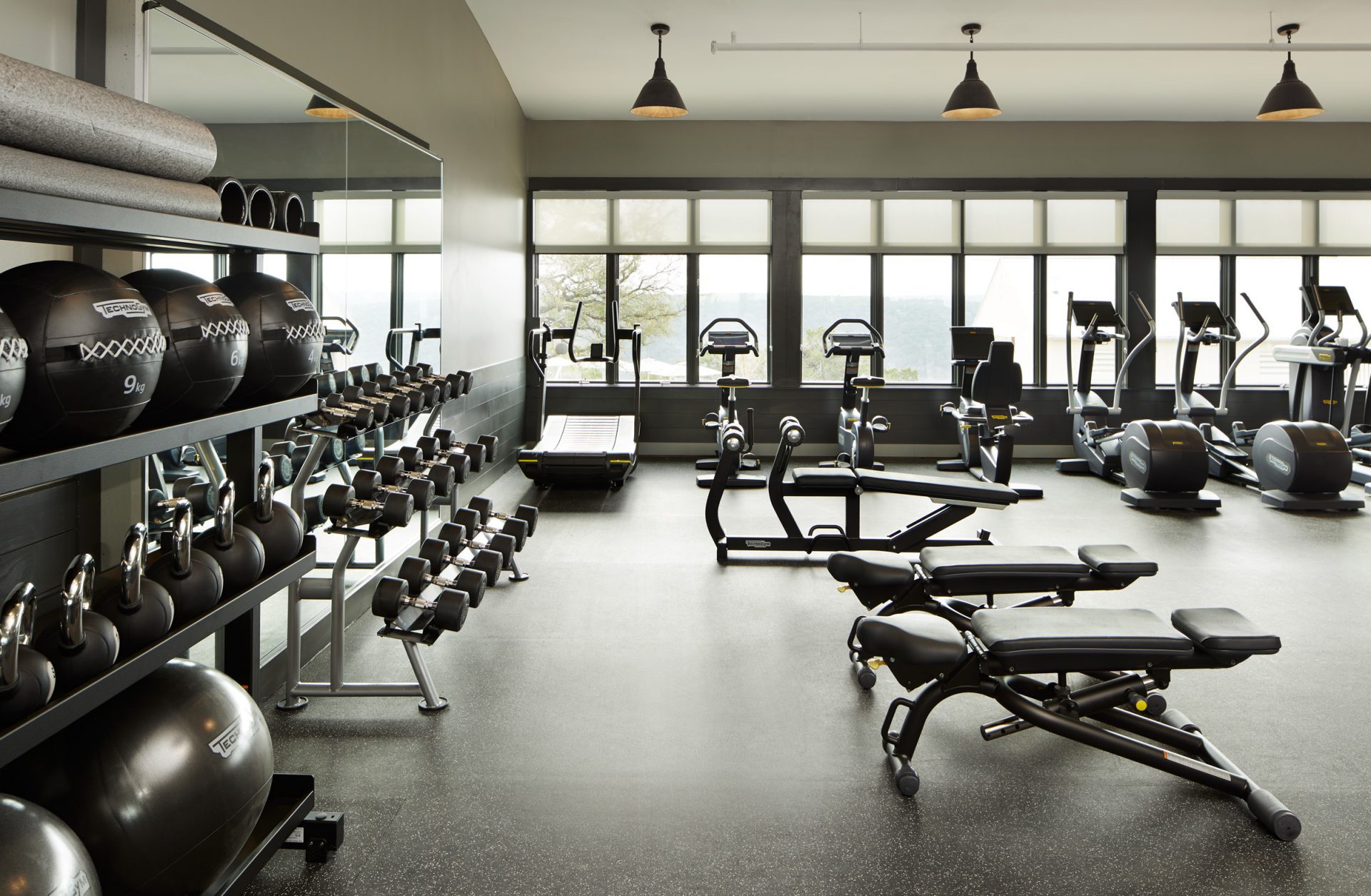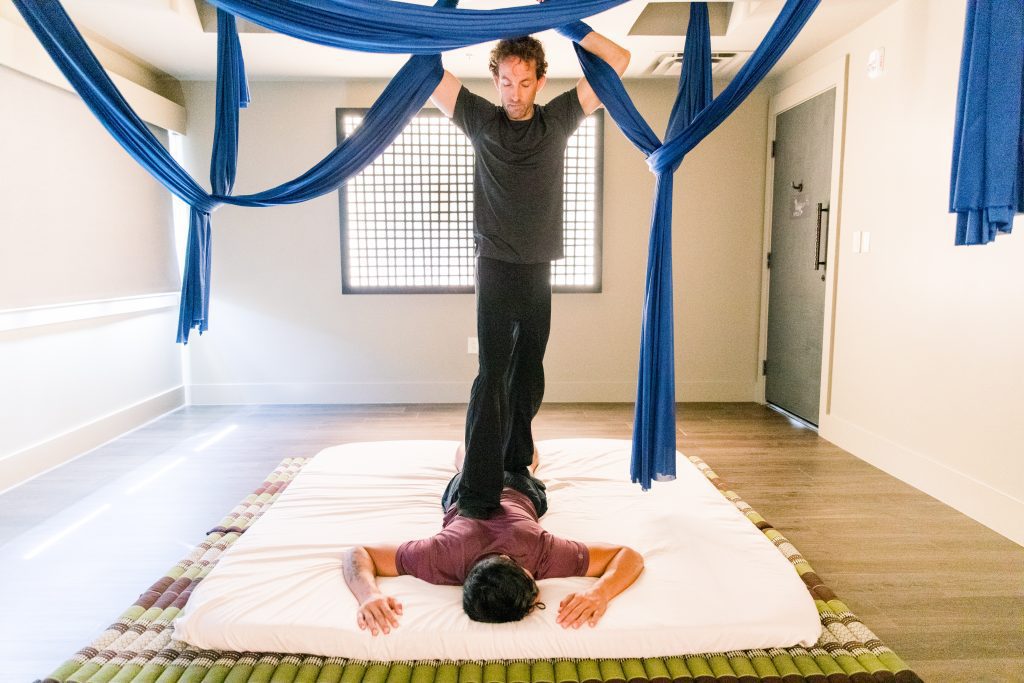The Pelvic Floor: Part One
By Araxe Hajian
Miraval Resorts Body Mindfulness Series
The Diamond Inside
In honor of women’s history month, we are kicking off Body Mindfulness, a series about the mind-body connection. This month, we focus on a part of human anatomy that has been misunderstood and misdiagnosed through the ages in our three-part segment called The Pelvic Floor.
We all—regardless of gender—have pelvic floors, and our awareness of them must include basic knowledge of how to keep them functioning optimally for the rest of our lives through breathing and exercise.
Pelvic floor exercises date back over 6000 years ago to Chinese Taoism. The Yogis of ancient India performed rhythmic pelvic floor contractions, and ancient Greeks and Romans practiced them to promote longevity and sexual and spiritual health.
This wisdom fell by the wayside in western medicine until Margaret Morris, a British dancer and physical therapist, introduced pelvic floor muscle training to prevent incontinence in a 1936 paper. She even recommended doing it to the soundtrack of a Schubert waltz!
Did you know?
- Margaret Morris learned the basics from another woman—teacher Minnie Randell, a founding member of England’s first Association of Obstetric Physiotherapists.
- In the 1970s and 1980s, Dorothy Mandelstam—affectionately called The Queen of Continence—helped shape how physical therapists can advocate for the re-education of damaged pelvic floor muscles to function optimally.
In 1948, Arthur Kegel, an American Ob/Gyn professor, revealed the relationship between exercise, breathing, and pelvic health—and the famous “Kegel” exercise was born. Sadly, our modern-day idea of Kegels is pretty far removed from its original intention and process.
Myth: Kegels are key to fixing any pelvic floor issues.
Fact: Kegels may be making your pelvic floor issues worse.
Fact: 75% of people do Kegels incorrectly, even with proper instruction.
The Ground Floor
Let’s back up. What, exactly, is the pelvic floor?
“The pelvic floor sits at the bottom of your torso, so it literally forms the floor for all our organs— it is the foundation of the whole body,” explains Miraval Arizona Specialist Lyndi Rivers. “When we talk about the pelvic floor, we mean the ligaments, muscles, and nerves that rest at the base of the bony structure called the pelvic bowl.”
We tend to focus on women or people assigned female at birth when discussing the pelvic floor. Still, everyone has one, and men or people assigned male at birth can benefit just as much by taking care of it.

Your pelvic floor is a diamond-shaped structure, with the pubic bone (pubis) in front, tailbone (coccyx) in the back, and two sitting bones (ischium) on either side. Without the subconscious contractions of these muscles, we would not be able to squat, bend, lift, or perform essential everyday functions.
5 Functions of the Pelvic Floor
- Stabilization
Your pelvic floor creates stability in the body by working with the spine, pelvis, hip rotator muscles, and core to support all movement. - Lymphatic Drainage
Your pelvic muscles pump lymphatic fluid from the legs and pelvis up to the heart to help the healing process and make cancerous growth unwelcome. Without this movement, our tissues would retain that liquid and leave us bloated and swollen. - Continence
Your pelvic floor regulates bladder urgency and sphincter control. In other words, it keeps us from peeing our pants. Continence issues have become so common that they have been normalized, but our bodies aren’t supposed to be incontinent. - Sexual Sensation
Higher quality pelvic floor contractions = higher intensity of orgasm. If your pelvic floor is busy retracting and tightening, it hampers blood flow: a buzzkill for feeling frisky. For men or people assigned male at birth, it can contribute to erectile dysfunction or delayed ejaculation. For women or people assigned female at birth, a tight pelvic floor can be a factor in painful intercourse and trouble achieving orgasm. - Support
The pelvic floor muscles act like a hammock to support your bladder, colon, rectum, and internal reproductive organs (vagina, cervix, and uterus).
Shifting from Shame
We talk a lot at Miraval about letting go of things that no longer serve us. When it comes to the pelvic floor, we need to let go of shame. We don’t talk about it often because it’s related to taboo topics we have been taught to feel shame around: going to the bathroom, sex, pregnancy, and childbirth.
“It’s time to bring these conversations into the open and stop suffering in silence,” says Lyndi, who leads workshops and lectures on pelvic floor wellness and wisdom.
Here’s a sad statistic: People will live with incontinence for up to six years before they will ask for help. That’s a long time.
And, Lyndi notes, the longer you wait to find solutions to these issues, the harder it becomes to rebound from them. The good news? “There’s been a shift,” says Lyndi, “even in the last decade. So much more information is accessible. We are starting to move away from the shame, and doctors are making more referrals to pelvic floor physical therapists.”
Pelvic Floor Muscle Dysfunction (PFMD) & Pain
- PFMD and pain will impact 1 in 5 people in the USA.
- 25 % of women or people assigned female at birth will experience PFMD in their lifetime.
- 45% of pregnant people will have post-pregnancy pelvic pain.
- 35% of women or people assigned female at birth will have vaginal prolapse.
- 61% will not get a definitive diagnosis.
- 10% of men or people assigned male at birth will experience PFMD in their lifetime.
- 50% of men or people assigned male at birth will have prostatitis (an inflamed prostate).
*The USA has the highest hysterectomy rate globally – approximately 600,000 are done annually. This can be a contributing factor to pelvic organ prolapse and incontinence. A 2015 study of nearly 3,400 found that 1 in 5 people who underwent a hysterectomy may not have needed it.
Incontinence Facts
- Urinary incontinence (stress and urge) affects 25 million adults each year.
- 18-20 million sufferers are women or people assigned female at birth.5-7 million sufferers are men or people assigned male at birth.
- Most wait over 6 years before mentioning it to a doctor.
- Stay tuned for our second segment of the Pelvic Floor, part of our Body Mindfulness series, to learn how stress plays a role in pelvic floor challenges and why the breath is our best tool in supporting pelvic floor health.
Pelvic Floor Wisdom
The pelvic floor is an essential part of the body that consists of a complex set of muscles, nerves, connective tissue, and ligaments. It is estimated that one in five people will have a health challenge related to pelvic floor dysfunction, such as incontinence, pain during sex, frequent urination, and prolapse. During this lecture, Lyndi Rivers explores the structure of the pelvic bowl and pelvic floor muscles, the functions of the pelvic floor muscles, dispels common myths, and explains why Kegels (pelvic floor contractions) may not be working as expected. You will leave with practical tools that promote a healthy, supple, supportive, and pleasurable pelvis.
* Morris M. Maternity and post-operative exercises. London, UK; William Heinemann (Medical Books) Ltd; 1936
Source material from Lyndi Rivers Integrated Health Specialist at Miraval Arizona Resort & Spa.
Araxe Hajian
Araxe Hajian is a senior writer who covers wellness stories and specialists offerings at Miraval Resorts & Spas.






















